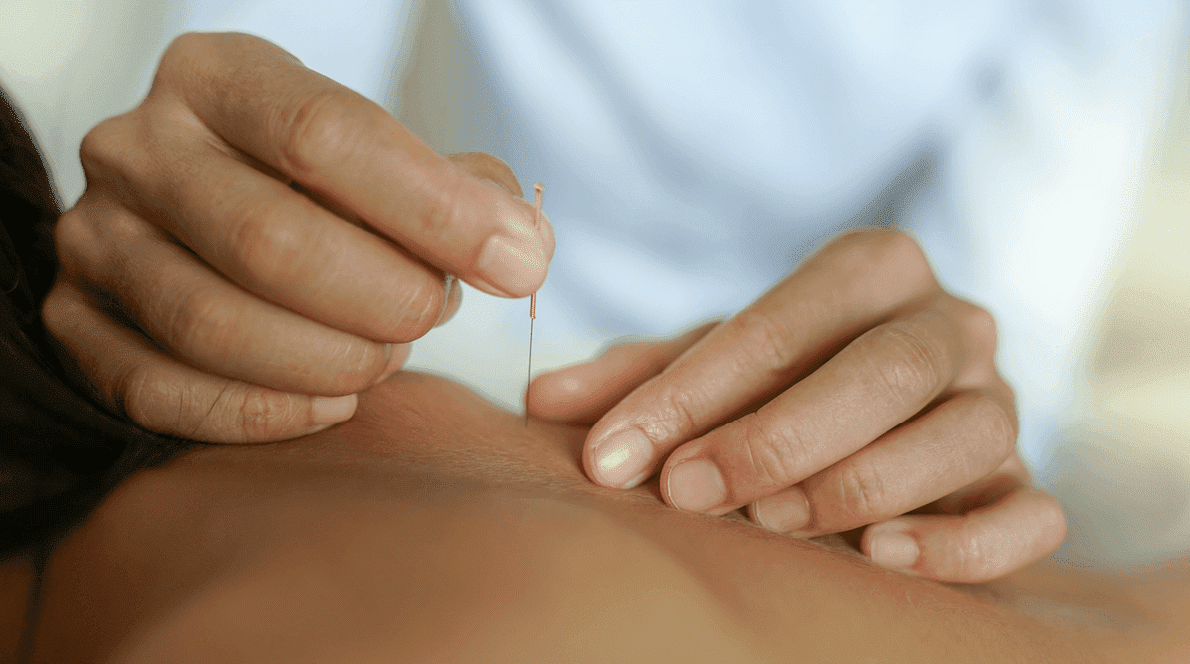What Should You Not Do After Dry Needling?
Dry needling is a treatment used by physical therapists to reduce pain and enhance movement. It resembles acupuncture but utilizes sterile, thin filament needles instead of hollow ones that deliver drugs.
Trigger points, or knots of muscle tissue, can cause pain and restrict movement. Physical therapists can identify these knots and insert needles to elicit a local twitch response (LTR), which releases the trigger point and reduces discomfort.
Do not exercise
Dry needling is a non-invasive treatment to reduce muscle pain. It has become widely used to address conditions such as neck pain, back pain and shoulder discomfort.
Physical therapists use this technique to relieve muscle pain and stiffness without injecting liquids or medications into your body, making it a safe and effective option for many individuals.
Dry needling is a technique in which physical therapists insert small, thin needles into your muscles to release trigger points – myofascial knots that cause chronic pain and other symptoms.
Do not drive
Dry needling is a treatment technique used to relieve pain, increase range of motion and promote muscle recovery. It has many applications in musculoskeletal issues like neck pain, shoulder pain, back pain, headaches, sciatica and fibromyalgia.
Dry needling is a type of therapy that uses needles to stimulate trigger points in muscles. These tender points can refer pain to other parts of your body.
Do not sleep
Dry needling is a drug-free treatment that utilizes fine needles to alleviate chronic pain. It’s often employed to target trigger points which cause muscle tension, discomfort and inflammation.
Trigger points can develop in your muscles when they become overused or strained. They may also form in the fascia, a connective tissue that surrounds and supports every muscle, nerve and blood vessel in your body.
Fibromyalgia, a common chronic pain condition, can also develop trigger points. These hypersensitive areas can pinch nerves and blood vessels, resulting in intense localized discomfort that spreads throughout your body.
Dry needling can help break up trigger points, relieving pain and increasing range of motion. It may even be beneficial for those suffering from myofascial pain syndrome – a disorder that causes chronic muscle pain and stiffness – by breaking up trigger points in the muscles.
Do not eat
Dry needling is a specialized treatment technique that uses needles to release myofascial trigger points, knots in muscles that cause discomfort, stiffness and difficulty moving.
The therapist inserts thin, sterile needles into the muscle to cause a twitch response and loosen any knots in its structure. This helps improve blood flow to that area as well.
Some people may experience a slight sting or mild discomfort when the needle is inserted and removed. This is perfectly normal and should subside within seconds.
Mild bruising or swelling may take place after a session of dry needling. Applying ice to the bruise will help to reduce its intensity.
Do not take any medication
Dry needling is a type of physical therapy that uses fine needles to stimulate muscle tissue. It’s commonly used to release or inactivate trigger points, reduce pain and enhance mobility.
After dry needling, you should not take any medication as this could have serious side effects or complications. Only receive dry needling from a licensed physical therapist who understands all potential contraindications and precautions associated with this procedure.
Untrained practitioners of this technique may use needles that are not sterile, increasing your vulnerability to infection and bleeding. Furthermore, incorrect placement of the needle into your thoracic area could puncture a lung (known as pneumothorax). To minimize these risks, make sure your therapist uses only sterile needles and discardes them promptly after each session.
If you’re interested in dry needling or other physical therapy treatments, contact us today to schedule an appointment with our team of specialists at Simply Physio.



